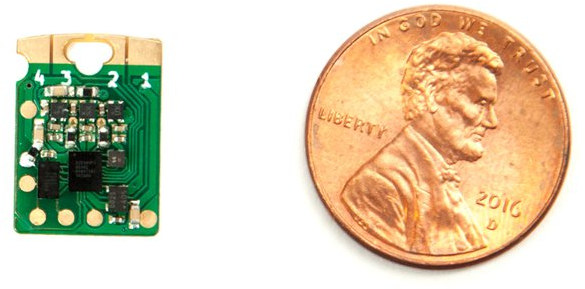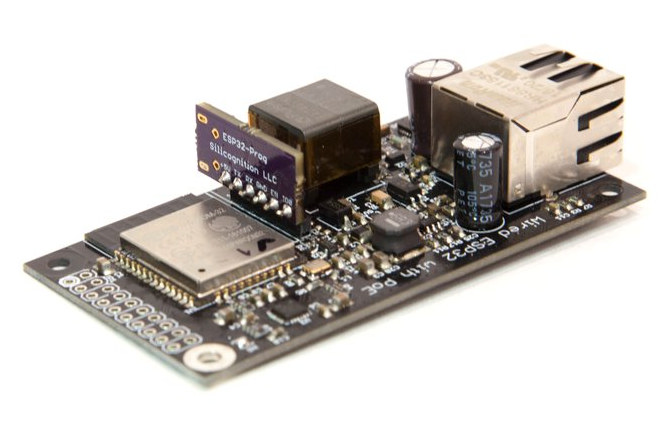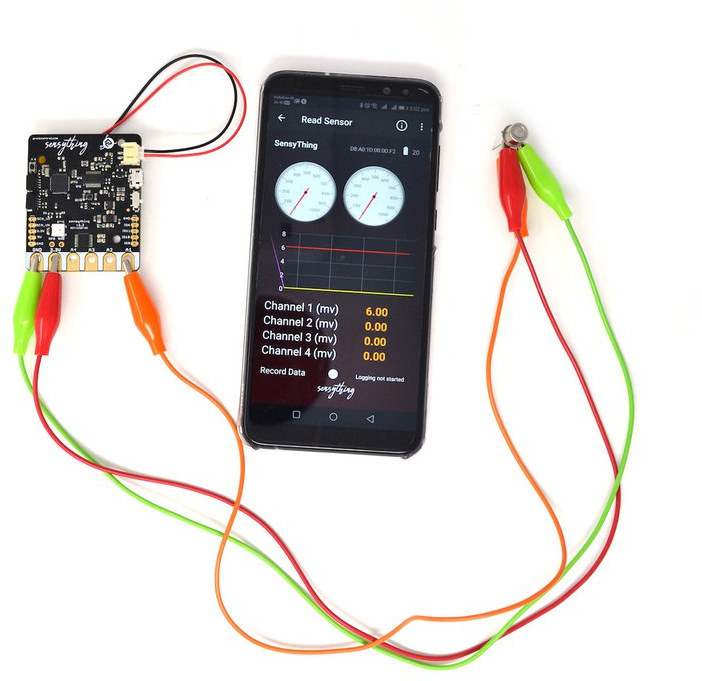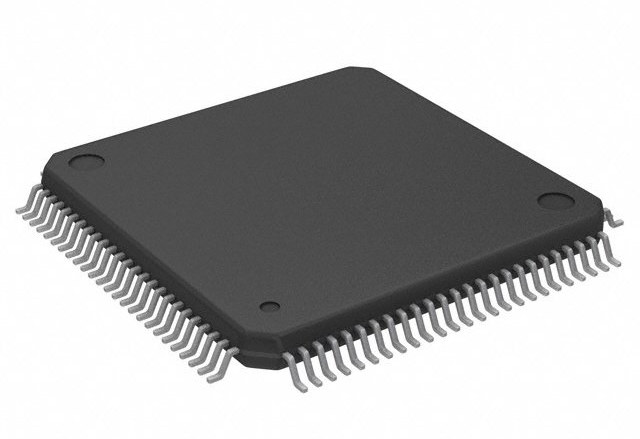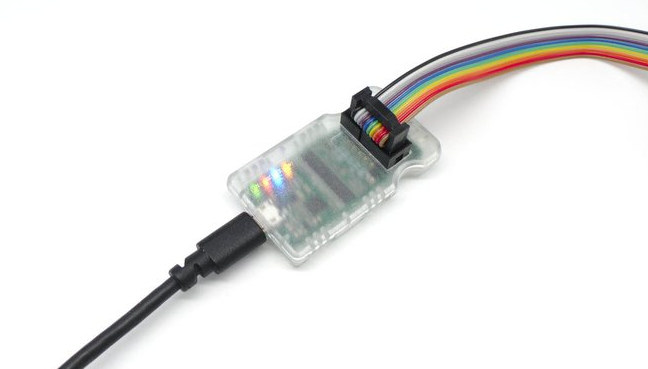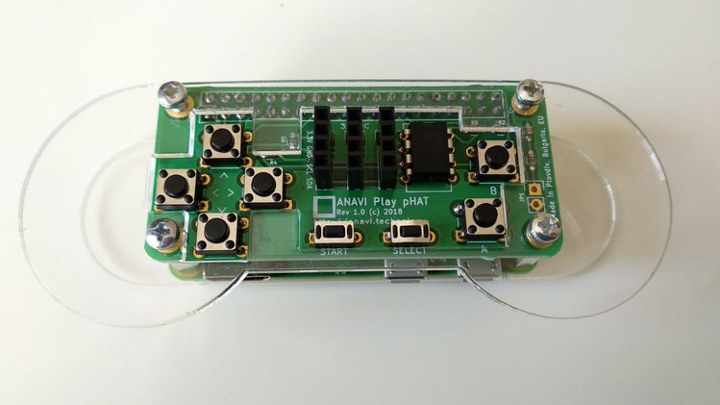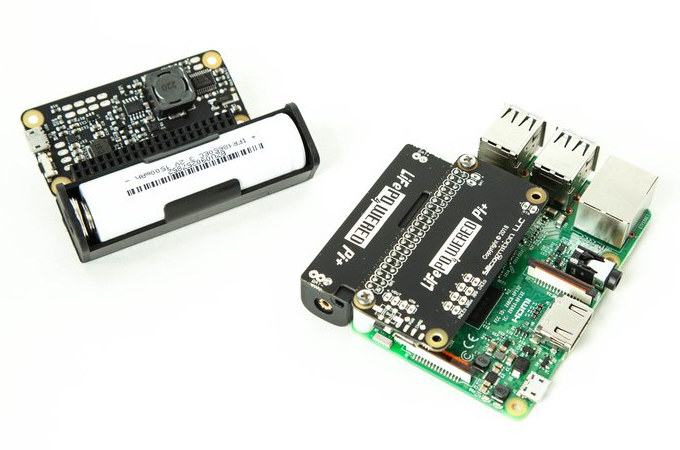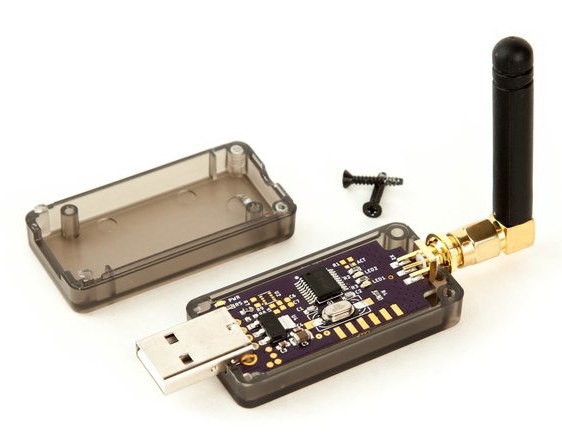Sutajio Ko-usagi launched Tomu, a tiny open source hardware USB board that fits inside a USB port at the very beginning of this year. The company is back with a similarly shaped board, but instead of featuring a Silicon Labs EFM32 Arm Cortex-M0+ microcontroller, Fomu is equipped with a Lattice ICE40 UltraPlus FPGA. Fomu specifications: FPGA – Lattice ICE40UP5K FPGA with 5280 logic cells System Memory – 128 kB RAM for a soft CPU Storage – 1 or 2 MB SPI flash Clock – 48 MHz crystal oscillator USB – 1x USB 2.0 FS (12 Mbps) port Misc – 4x buttons, 1x RGB LED The default Fomu firmware exposes a USB bootloader running a RISC-V softcore, and the platform is powerful enough to run a port of Python. It’s also possible to experiment with LM32 and OpenRISC softcores on the platform. Using the board is pretty straightforward as just you […]
wESP32 ESP32 Board Supports “Isolated” PoE (Crowdfunding)
Olimex introduced their ESP32-POE board a few months ago, and started selling it for 17.50 Euros last month, but it’s always good to have more options and Silicongnition has designed another ESP32 board with power over Ethernet named wESP32. wESP32 board specifications: Wireless Module – Espressif Systems ESP32-WROOM-32 module with WiFi 802.11n (WiFi 4) and Bluetooth 4.2 LE connectivity Connectivity 10/100M Ethernet (RJ45) with auto-MDIX allowing the use of both straight and cross-over Ethernet cables Wi-Fi 802.11 b/g/n and Bluetooth v4.2 BR/EDR (via ESP32 module ) Expansion – Unpopulated 20-pin header with 3.3 V, V+ power, and 15 of the ESP32 GPIOs Power Supply Default 12 V output setting for V+ provides 12.95+ W of power Optional (bridge solder jumper) 5 V output setting for V+ provides 5 W of power IEEE 802.3at Type 1 Class 0 compliant PoE 3.3 V output with up to 6 W of power (taken […]
Sensything ESP32 Board Supports Multi-sensor Data Acquisition, Wi-Fi & Bluetooth (Crowdfunding)
We’ve previously covered to health related boards from Protocentral with HealthPi Raspberry Pi HAT measuring vitals signs, and HeartyPatch open source ECG patch powered by an ESP32 WiSoC. Today, I’ll write about another of their board – Sensything -, not directly related to health applications, but designed for multiple sensor’s analog and digital (I2C, GPIO) data acquisition, and designed around Espressif Systems ESP32 WiFi & Bluetooth SoC. Sensything specifications: SiP- Espressif Systems ESP32-PICO-D4 system-in-package with 4MB Flash, Texas Instruments ADS1220 ADC Wireless Connectivity 2.4 GHz WiFi with on-board PCB antenna, support for Station and Access Point (AP) modes Bluetooth 4.2 / Bluetooth Low Energy (BLE) USB – 1x micro USB port with FT230X (USB-CDC) Expansion I/O: Board-edge alligator clip compatible analog input connectors 2x Sparkfun Qwiic-compatible I2C ports 4x general-purpose I/O pins Analog Input details 4 channels single-ended, 2-channel fully differential Full-scale input range: ± 2.048 V to ± 0.016 […]
Retro-uC Open Source MCU Brings ZX Spectrum, Commodore 64 Back to Life (Crowdfunding)
If you’ve started your computing experience in the early eighties, you’ve probably used a ZX Spectrum, Commodore 64, and/or Atari ST home computers. Those products are long gone, except for collectors, but thanks to chips4makers project’s Zilog Z80, MOS 6502, and Motorola M68K cores are coming back to life via Retro-uC open source microcontroller. As a bonus, developers also worked on Retrino, a board following Arduino Mega form factor, and featuring Retro-uC MCU, as well as Retro-uC ProtoPlus with the chip fitted to a large Perf+ 2 style prototyping board, and Retro-uC Breadboard which can be inserted into a standard breadboard. Retro-uC Microcontroller Retro-uC specifications: Open source microcontroller with a Z80, MOS 6502 and Motorola 68000 core 4 kB of on-chip RAM 72x 5V digital general purpose I/O pins JTAG interface for programming the device Optionally bootable from external I2C flash memory I/O pins that can select the enabled core […]
μArt is a Universal USB to UART-TTL Adapter with Safety Features (Crowdfunding)
I’ve never had specific issues with USB to TTL debug boards personally, but potentially you could damage the target if you select one with the wrong voltage, and for more advanced use cases often do not include GPIOs. μArt USB to UART-TTL Adapter aims to solve those issue with wide voltage range (1.8 to 5.4V), safety features like galvanic isolation or over-current protection, and one header exposing I/Os. Key features: Universal TTL-UART – 1.8 – 5.4 V, up to 3M speed, standard & non-standard baudrates, pins for handshaking and flashing various MCU families, wide OS-support Galvanic isolation, integrated pull-ups, signal- and power-filters Over-current protection, reverse-polarity protection, ESD protection, mechanical protection Voltage-autosensing, LEDs, GPIOs, software-configurable Dimensions – 58 x 33 x 14 mm Weight – 16 grams Everything is also packaged in a case contrary to most (all) other boards in the market. uART-USB-TLL-Board The developer provides drivers for Windows, Linux, […]
ANAVI Play pHAT OSHW Board Adds 8 Buttons, I2C Headers to Raspberry Pi Boards (Crowdfunding)
Leon ANAVI has been learning KiCad open source EDA suite in his spare time, and developed several Raspberry Pi (p)HAT add-on boards such as ANAVI pHAT Light to control LED RGB strips, or ANAVI Infrared pHAT to handle IR signals. All his boards are open source hardware, and come with source code, and decent documentation as explained in the two aforelinked reviews. Leon has now come with another variant of his open source hardware certified add-on boards with ANAVI Play pHAT designed for playing games on the Raspberry Pi 3 / Pi Zero W boards, or other boards with a 40-pin header, thanks to 8 buttons, and just like his previous designs, three I2C headers are also included to connect sensors. Key specifications and features of the board: Gamepad with eight buttons for playing retro games 3x I2C header for sensors EEPROM with device tree binary overlay OSHW Certification – […]
LiFePO4wered/Pi+ is a Safer and Longer Lasting UPS for Raspberry Pi (Crowdfunding)
We’ve already covered several UPS solution for Raspberry Pi boards, but LiFePO4wered/Pi+ is a little different because instead of relying on LiPo (Lithium Ion Polymer) batteries, it comes with LiFePO4 (Lithium Iron Phosphate) battery which are said to be safer and longer-lasting albeit at the cost of lower capacity. LiFePO4wered/Pi+ specifications: Two battery size options: 18650 size – 1,500 mAh 3.2 V LiFePO4 cell with up to 2A max continuous load current 14500 size – 600 mAh, 3.2 V LiFePO4 cell with up to 0.75 A max continuous load current Smart charge controller – Over-charge protection, auto-adjusting charge current, customizable maximum power point (MPP) voltage Smart power manager: I2C communication Power manager and daemon – work together to ensure clean shutdowns and provide over-discharge protection Continuous monitoring – input voltage, battery voltage, output voltage, and load current On/off button Green PWR LED & Red CHRG LED Wake timer – Wakes […]
LoStik USB Dongle Adds LoRa Connectivity to any Computer or Linux Board (Crowdfunding)
We’ve covered plenty of hardware with LoRa radio from gateways, to Arduino shields, tracker boards, and mini PCIe cards, but after reading an article on Time4EE this morning, I realized we never wrote about any LoRa USB stick. LoStik – previoulsy LoRa Stick – is an open source hardware USB dongle based on Microchip RN2903 / RN2483 LoRa module, and offered on CrowdSupply for $39. LoStik specifications: USB – USB 2.0 port LoRa Connectivity Microchip RN2903 – 915 MHz for US, Canada, South America and Australia Microchip RN2483 – 868 Mhz for Europe Receiver Sensitivity – down to -146 dBm TX Power – adjustable up to +18.5 dBm Range – up to 15 km coverage in suburban and up to 5 km coverage in urban areas Misc – 2x user LEDs Power Consumption – 140 ma typical TX, 20 ma idle (with power LED) Dimensions – 80 mm x 25 […]


